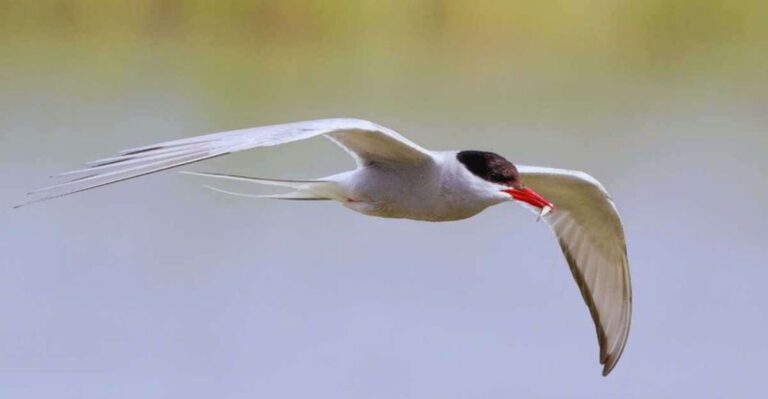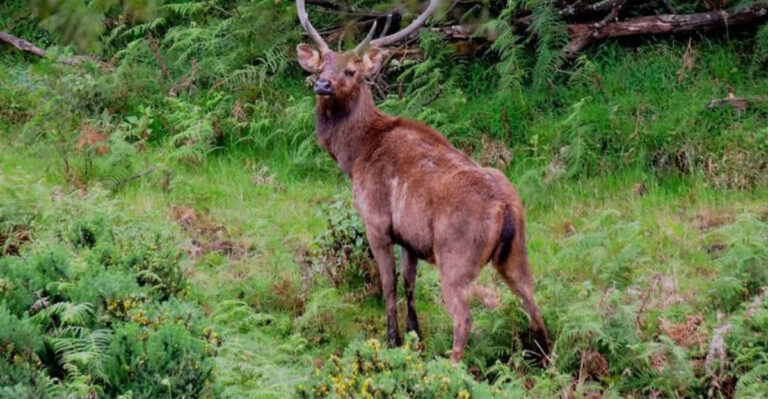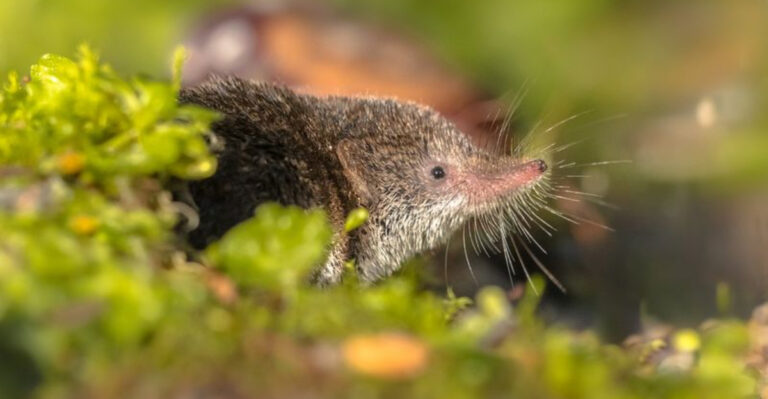15 Surprising Facts That Prove Bison Are Built For Survival
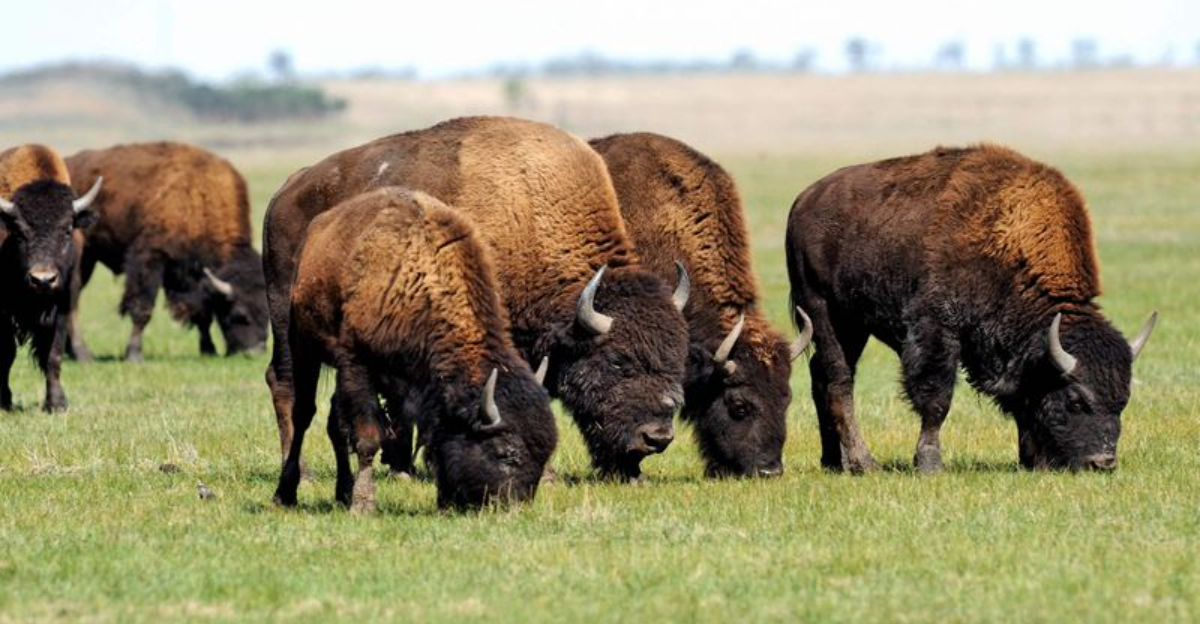
Bison are remarkable creatures that have roamed North America for thousands of years. These massive mammals have developed incredible adaptations that allow them to thrive in some of the harshest environments on the continent.
From their unique physical features to their social behaviors, bison demonstrate remarkable resilience that has helped them survive where other species might struggle.
1. Bison’s Thick Fur Coat
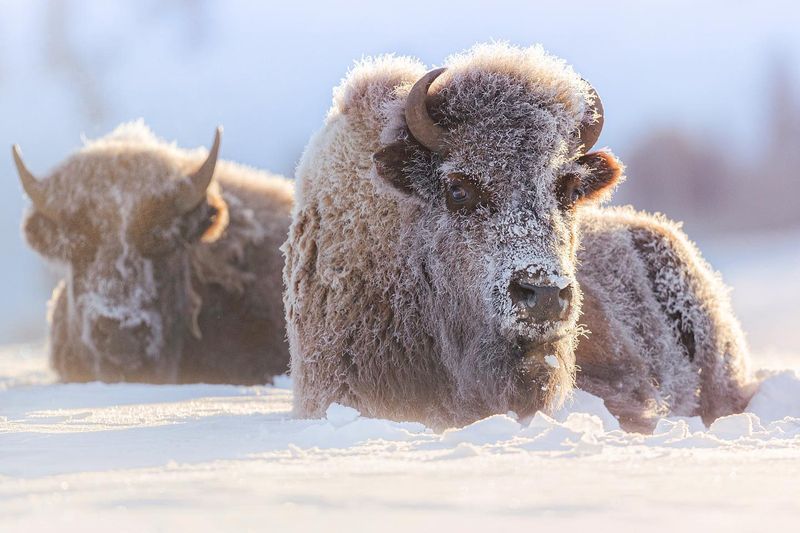
Bison grow incredibly dense winter coats with hair reaching up to 2 inches thick. Their specialized fur includes hollow guard hairs that trap heat close to the body.
This natural insulation allows them to withstand temperatures as low as -40°F without increasing their metabolic rate. Many bison actually prefer facing into blizzards rather than away from them!
2. Impressive Physical Strength
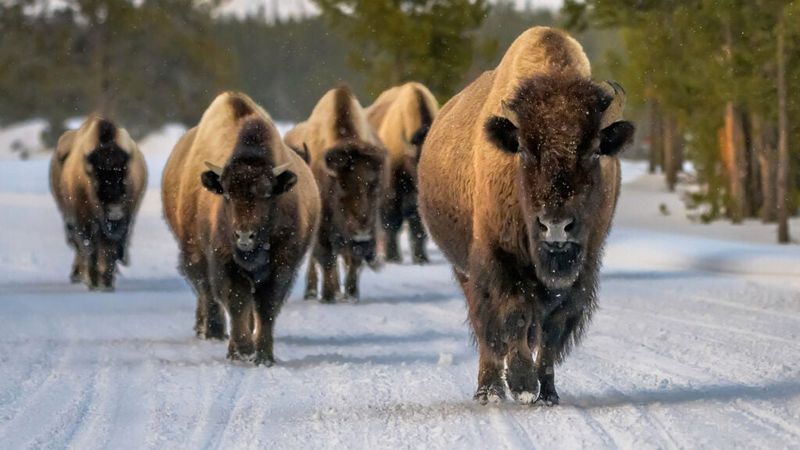
A full-grown bull can weigh up to 2,000 pounds yet still sprint at 35 mph and jump six feet vertically. Their massive shoulder hump isn’t fat—it’s pure muscle supporting their enormous heads.
This incredible strength allows them to plow through deep snow using their heads as natural snowplows, accessing food sources that remain unavailable to other animals.
3. Bison’s Immune System

Unlike domestic cattle, bison possess robust genetic diversity that provides natural immunity against many diseases.
Their hardy constitution makes them resistant to brucellosis, tuberculosis, and other conditions that devastate cattle herds. This natural resistance developed over millennia of exposure to harsh environments and diverse pathogens, creating a remarkably resilient immune response system.
4. Survival In Extreme Weather
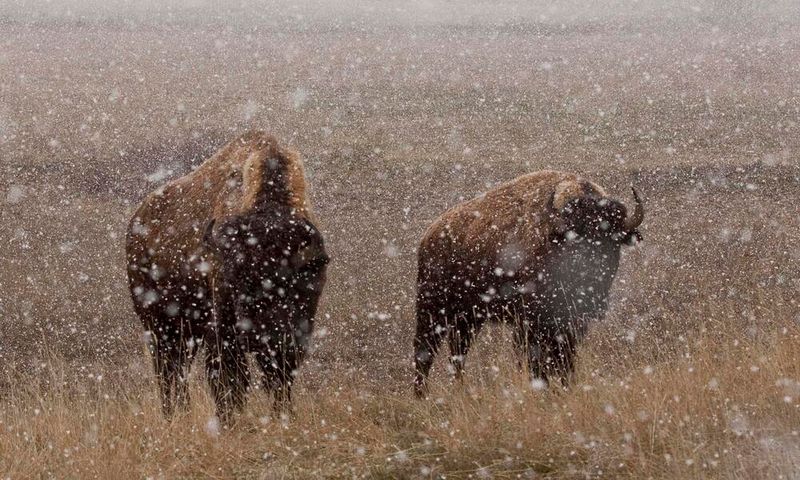
When blizzards strike, bison don’t flee—they face the storm head-on. Their massive bodies conserve heat efficiently while their beards and thick fur shield vulnerable areas from wind and snow.
During summer heat waves, bison wallow in mud baths, creating protective layers against both sun and biting insects. This dual adaptation allows year-round survival in environments with 100°F temperature swings.
5. Sharp Hooves
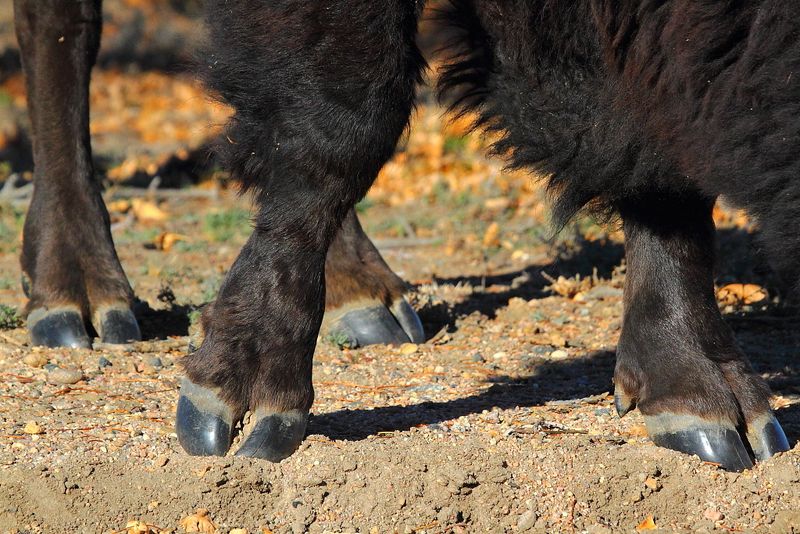
A bison’s hooves aren’t just for walking—they’re lethal weapons capable of delivering bone-crushing blows to predators. Each hoof concentrates the animal’s massive weight onto a small surface area.
These specialized appendages also function as snow shovels, scraping away winter coverage to reveal hidden grass beneath. Their split design provides surprising traction on icy surfaces that would challenge other large mammals.
6. Efficient Digestion
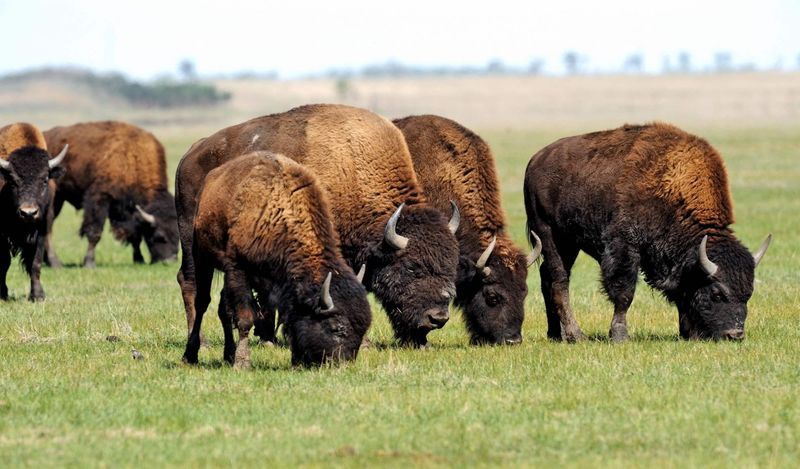
Bison stomachs contain specialized bacteria that break down cellulose in rough prairie grasses other animals can’t digest. Their four-chambered stomach system extracts maximum nutrition from minimal food sources.
Unlike cattle, bison can thrive on low-quality forage during harsh winters. They’ve evolved to extract protein from seemingly nutritionless winter grasses, allowing survival when food appears scarce to human observers.
7. Bison’s Ability To Travel Long Distances
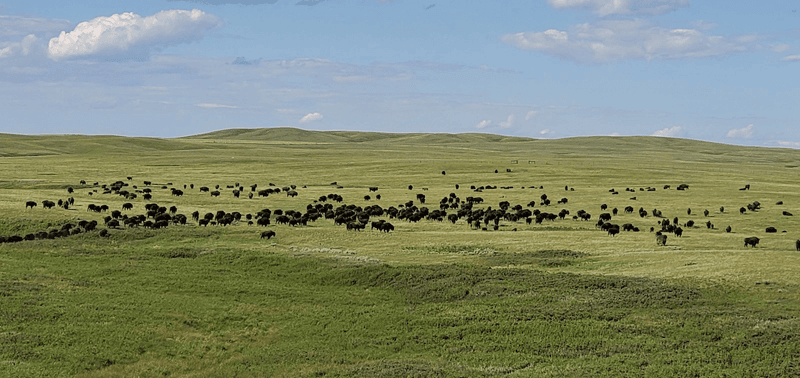
Historical bison herds migrated over 400 miles annually, following seasonal food availability. Their powerful cardiovascular systems allow sustained movement across vast landscapes without fatigue.
Modern tracking shows individual bison can cover 50+ miles in a single day when necessary. This mobility helps them escape wildfires, find water during droughts, and access seasonal feeding grounds—a critical survival advantage in unpredictable environments.
8. Adaptability To Diverse Habitats

From scorching prairies to snowy mountains, bison thrive across dramatically different ecosystems. Historical records show they once inhabited territories from Mexico to Alaska, demonstrating remarkable environmental flexibility.
Their adaptability stems from physiological features like efficient water conservation and variable metabolic rates. Modern conservation efforts prove bison can quickly readapt to territories they haven’t inhabited for centuries—a testament to their evolutionary success.
9. High-Reaching Browsing Ability
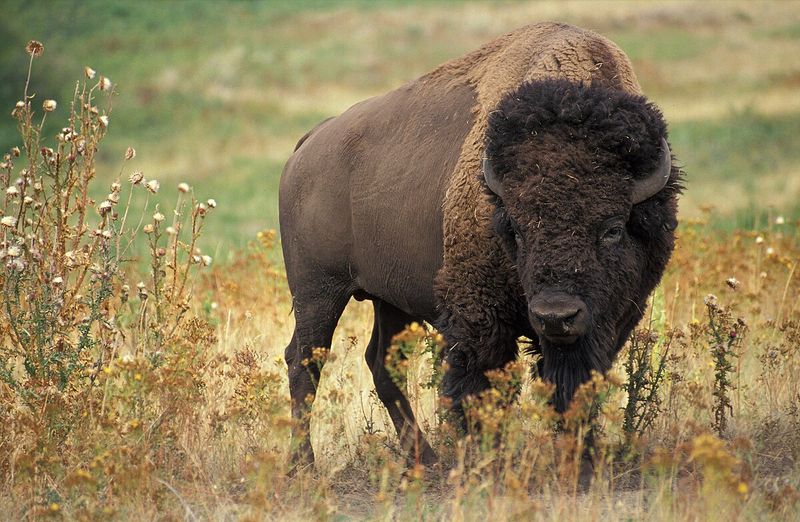
Standing nearly six feet tall at the shoulder, bison can reach vegetation inaccessible to smaller herbivores. Their powerful necks allow them to push through dense brush to access hidden nutritional sources.
During harsh winters, they use their massive heads to sweep away deep snow, uncovering food sources buried up to three feet deep. This high-reaching capability provides crucial survival advantages when competing for limited resources.
10. Bison’s Social Structure
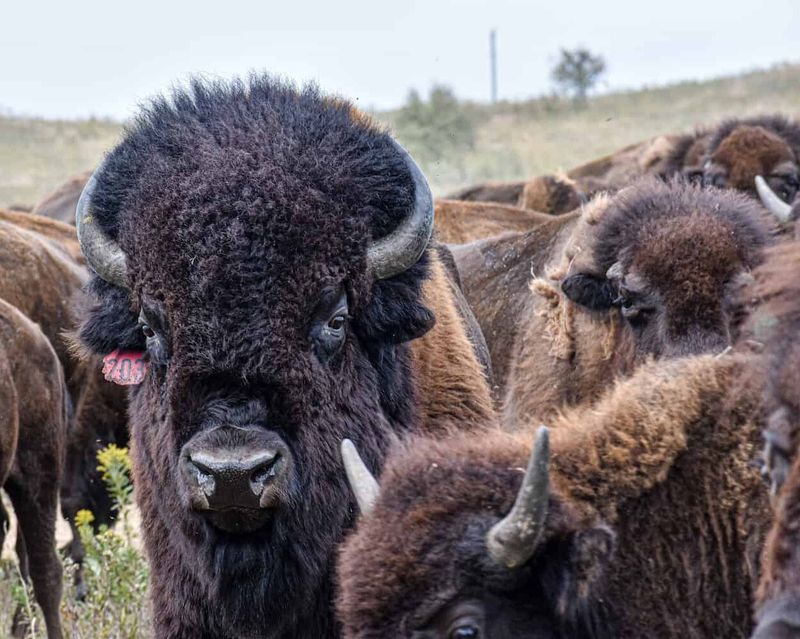
Bison form protective circles around vulnerable calves when predators approach, with strongest adults facing outward. This coordinated defense strategy effectively deters wolves and bears that would easily take down isolated individuals.
Experienced matriarchs lead herds to reliable water sources remembered from previous years. Younger animals learn migration routes through social observation, preserving crucial survival knowledge across generations without needing genetic encoding.
11. Powerful Sense Of Smell

Bison can detect water sources from over two miles away using their acute sense of smell. Their specialized olfactory abilities also allow them to identify predators before visual confirmation is possible.
During winter, their sensitive noses can detect grass beneath several feet of snow. This remarkable ability helps them locate food efficiently while expending minimal energy—a critical advantage during harsh winters when conservation of resources means survival.
12. Bison’s Resilience To Predation

Adult bison possess few natural predators thanks to their imposing size and group defense tactics. Their thick skulls can withstand impacts that would kill other animals, while their hide—nearly an inch thick in places—resists wolf teeth and bear claws.
When threatened, they can maintain sprint speeds of 35 mph for extended periods. Even wolves must carefully select only the weakest herd members, as healthy bison can easily kill predators with their horns or hooves.
13. Reproductive Strategy
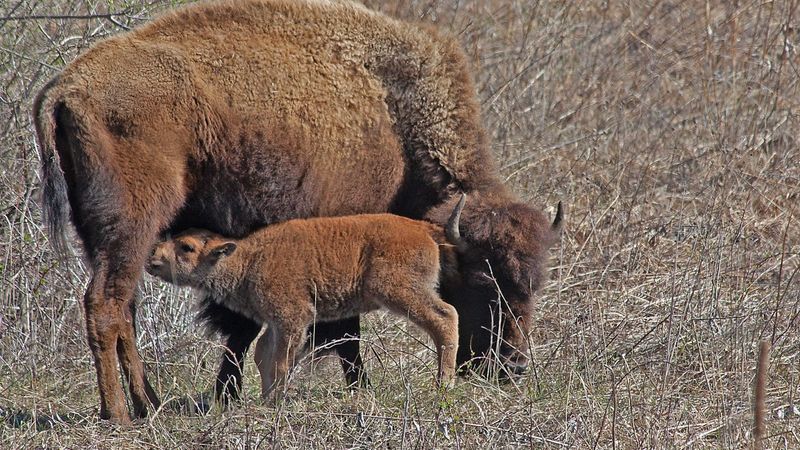
Female bison synchronize births within a narrow two-week window, creating a “predator saturation” effect that overwhelms predators’ ability to hunt all vulnerable newborns. Calves can stand within minutes of birth and run within hours.
Mothers fiercely protect their young, charging potential threats without hesitation. This reproductive timing coincides precisely with peak nutritional availability in grasslands, maximizing calf survival rates through strategic evolutionary planning.
14. The Bison’s Natural Role In Ecosystems

Bison hooves aerate soil while their grazing patterns prevent any single plant species from dominating. Their selective feeding creates habitat diversity that supports hundreds of other species.
Even their waste contributes to ecosystem health, with each animal distributing nearly a ton of fertilizer annually.
Wallowing behavior creates depressions that collect rainwater, forming microhabitats for amphibians and insects that wouldn’t otherwise survive in prairie environments.
15. Conservation Comeback

From fewer than 1,000 individuals in the late 1800s, bison have rebounded to over 500,000 today. Their genetic resilience allowed recovery from this extreme population bottleneck despite limited genetic diversity.
Modern herds demonstrate remarkable adaptation to new territories when reintroduced. Indigenous-led conservation efforts have been particularly successful, combining traditional knowledge with modern science to restore these keystone species to landscapes they shaped for millennia.


